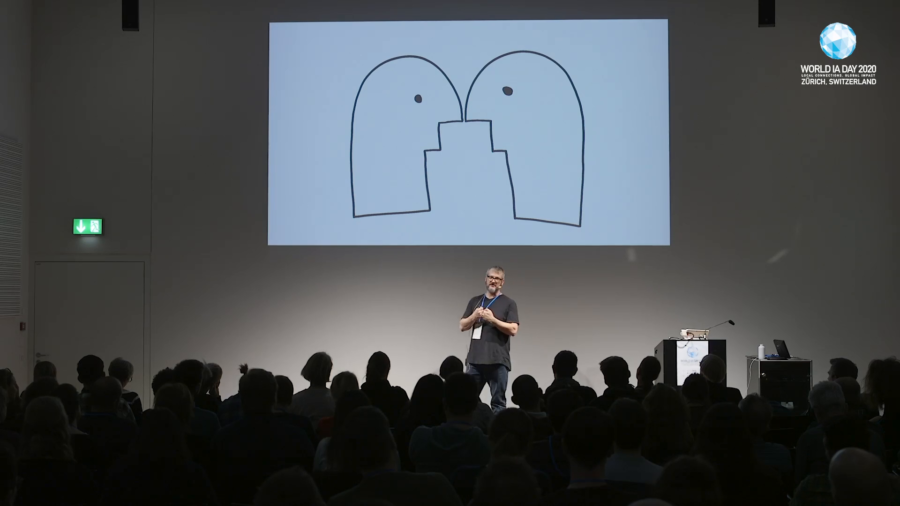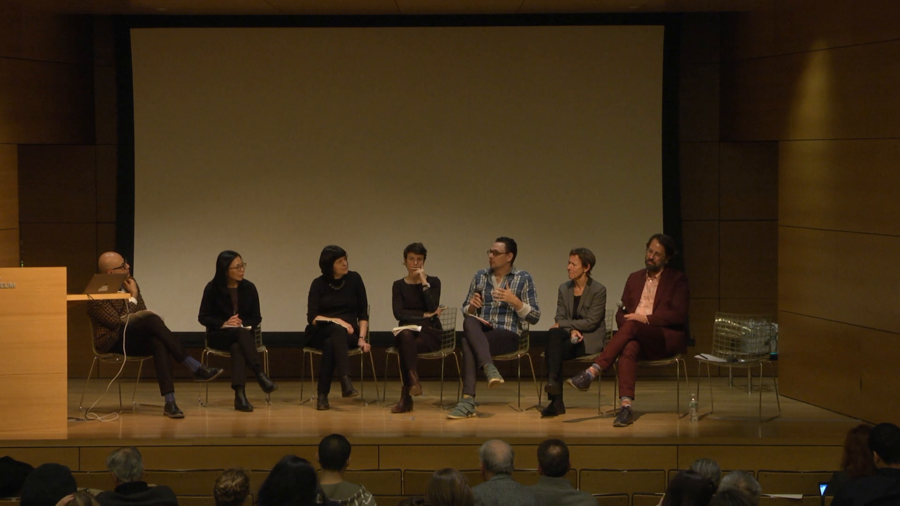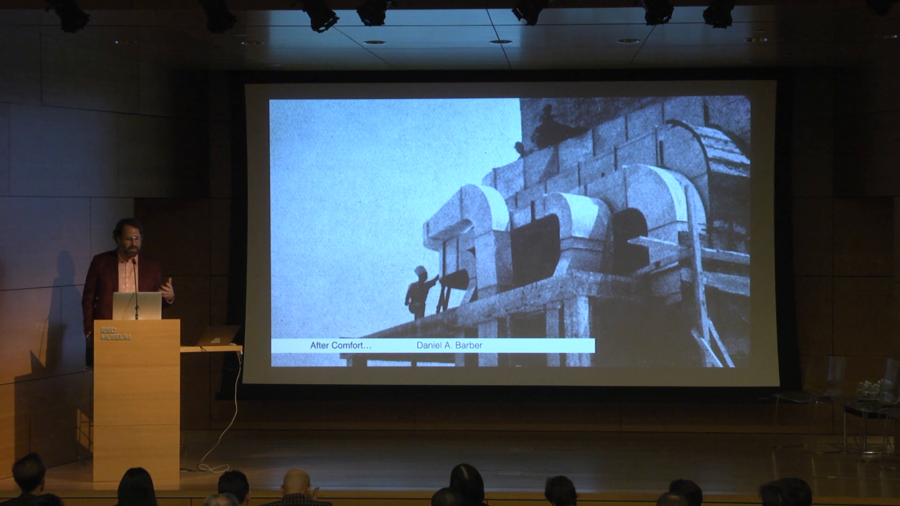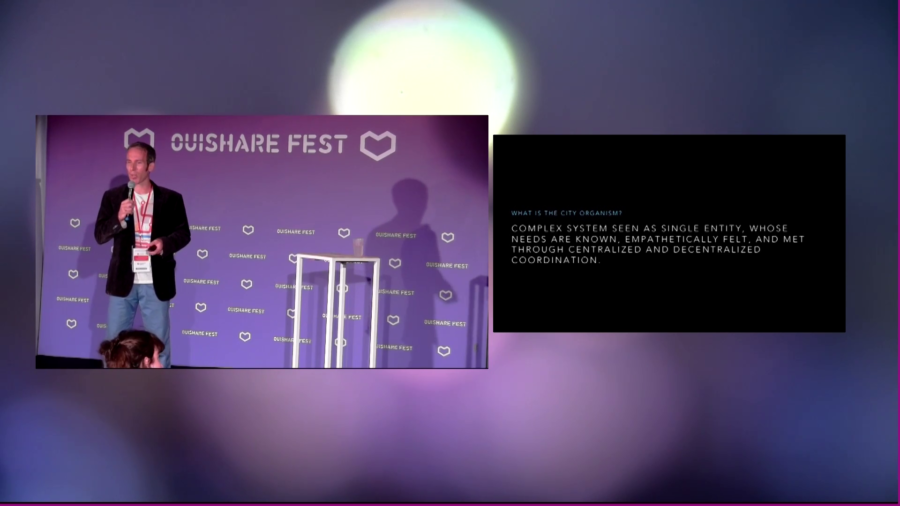We don’t have an unlimited number of innovations to keep pushing the hockey stick shape of growth forward. Each time we innovate and we push the end further ahead in time, it shortens the amount of time in total that we have to address complexity and problems. So this is…this is not good. I’m just gonna say it, this is not good.
Archive (Page 1 of 2)
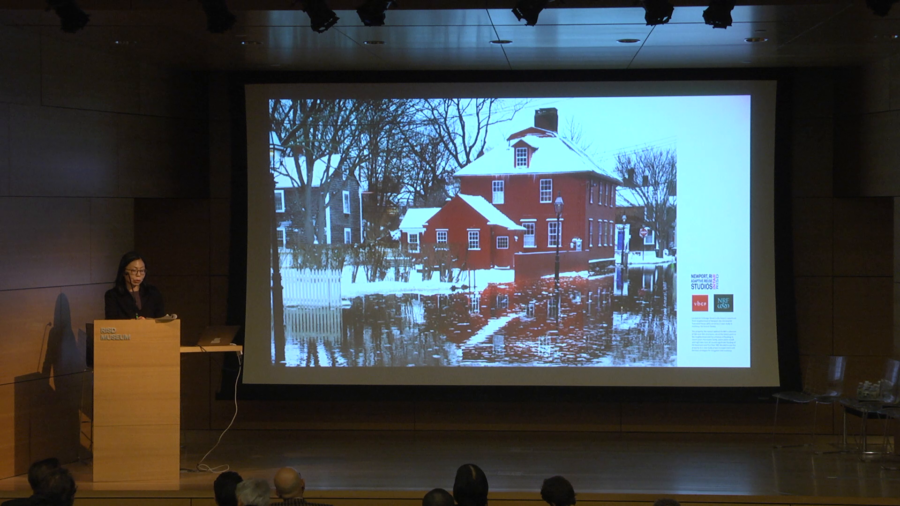
Projecting Change was part our post-professional MA in Adaptive Reuse program. It was inspired by the effects of Hurricane Sandy, which turned Newport, Rhode Island into a lake.
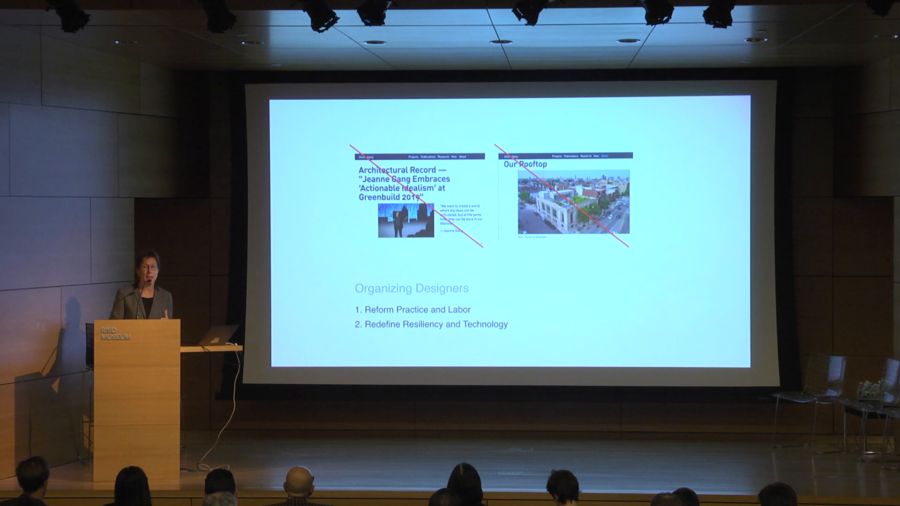
The main thing that we need to be doing is working as a discipline, as a profession, as a unified voice, so that we sit at the table of policymaking and are believed as not just ambulance-chasers for work for ourselves but as people with knowledge and whatever embeddedness in the community, and our design expertise within the community is absolutely essential.
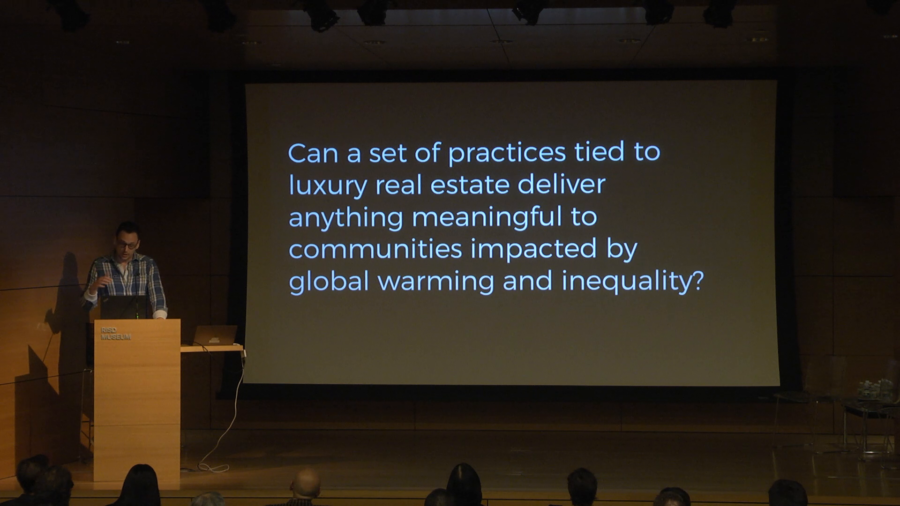
I think that Damian asked me here in large part to talk about this essay from last spring in Places Journal that begins pretty timidly with this line, I don’t know when the myth of designers as climate saviors began, but I know that it’s time to kill it.
Which as you can imagine got me invited to lots of dinner parties at Harvard.
One very interesting addition to the public space is how we are conditioning and defining the public space with regards to eventual attacks. And it’s changing the landscape radically. And the very first knee-jerk reaction was concrete blocks in front of many institutions. Now they’re trying to design these concrete blocks so they seem something which is part of the landscape but the presence and the robustness is still so violent that it’s hard to hide the intention.
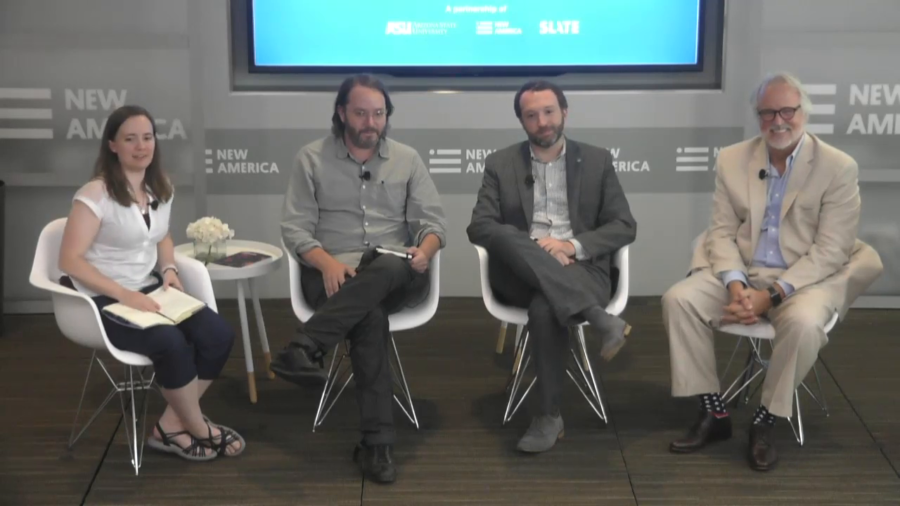
Community is always part of a system that we sometimes can or cannot see or recognize. And in Gerard O’Neill’s proposals for these islands in space, those communities…were supposed to perform a very specific function in a larger system. They were supposed to be experiments.
I think our work is much more interested in questioning the notion that architecture is a static entity. Part of our thinking in terms of architecture is how we make a building breathe. How do we give a building a kind of like, almost a nervous system.

